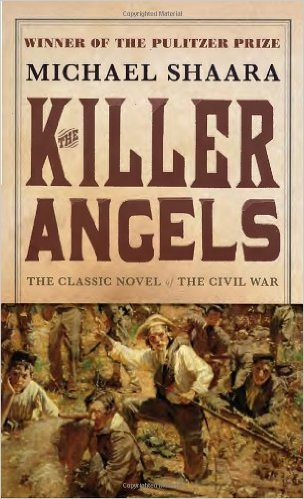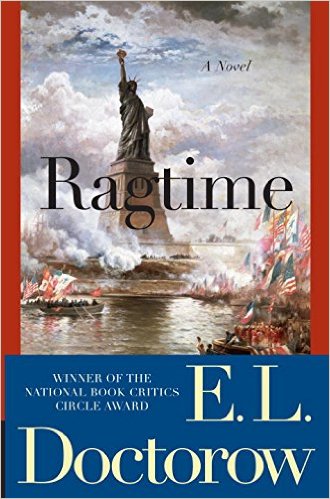Welcome to my blog. Over time, I’ll be introducing you to the world inhabited by the characters of my upcoming historical novel, The Lies that Bind, a darkly ironic antebellum mystery/drama set in Turkle, Mississippi, 1859-61, where no one is who they pretend to be and more than anyone can imagine. The novel has been acquired by TouchPoint Press and is due to be published this year. I can’t wait!
The story revolves around a cast of outsiders trying to find their humanity during a dark time in our nation’s history, just before the Civil War. It deals with issues of class, race, and gender, with people enslaved and seemingly free—all seeking love and respect.
As the story’s tangled webs of deceit unravel, each startling plot twist and cathartic revelation shines a fresh light on what it means to be a man, a woman, free or enslaved—indeed, what it means to be human. My website tells you more about it.
But first, let me introduce you to Durksen Hurst, aka “Dark Horse,” the primary protagonist in The Lies that Bind. (I say “primary” because one of the novel’s unique features is two competing, but sympathetic, main characters.) It’s 1859 when we first meet Durk Hurst who is being pursued on his roan horse through a Mississippi swamp—and not for the first time—his fancy Memphis-bought suit mud-splattered and torn, his body and mind past exhaustion.
Naturally, he is despondent. This visionary hustler believed his most recent scheme would have helped dirt-poor farmers throughout the South—and, of course, made him rich in the process. But here he is at forty, at a dead end, having “fallen into the pit where all his sky-high dreams and clever plans, his fine-figuring and fast-talking inevitably left him broke, desperate, and alone.”
In the swamp, Durk encounters a dozen slaves, stranded, whose safest course may be to sink his body into the bayou. But, alas, Durk has a plan for all of them; one based on an “imaginary” plantation, a potentially fatal partnership made possible by his private disgust with slavery. Naturally, his future “partners” are skeptical. When they accuse him of being a charlatan, he replies that, yes, he’s “had to play the charlatan, though always an honest one,” one who’s “never told a lie I didn’t believe in myself.”
Now which of us wouldn’t trust this man with our life? Well, they were so desperate, they had no choice. Incredibly, a number of Durk’s magnificent scams turn that plantation idea into a real employee-owned enterprise.
Durk Hurst never has fit in anywhere; doesn’t even look like other people. He’s half Seminole. Nor do his attitudes toward society fit in either. And his imagination, well, his imagination could be his undoing.
Unfortunately, the ambitious scamp is never satisfied. His uncontrollable dreams lead to further wild schemes that put the partners’ lives in jeopardy. And their peril only increases dramatically when the advent of the Civil War throws a monkey wrench into their biggest scam yet. Still a lonely visionary with a mind of his own, Durk has the temerity to oppose the town’s rabid rush to war, which gets him branded a traitor.
Whoa, can he get himself out of this one?
Come along with Durk in The Lies that Bind as he and his partners pull off one glorious gambit after another in the hamlet of Turkle, Mississippi, more a microcosm of our own world than we’d care to admit. See this interloper take on the wealthy and powerful French family, some of the strangest protagonists in literature, who are concealing their own fatal charades. Experience the drama, irony, humor, and terror as the facades of both sides unravel—one a clue at a time.
Publication date to be announced soon!
Next Up: Meet Durk’s nemesis, Devereau French
***
Watch for publication of Ed’s novel, The Lies that Bind (TouchPoint Press, 2015), a darkly ironic antebellum mystery/drama set in Turkle, Mississippi, 1859-61. Ed Protzel’s views, opinions, and ideas expressed in this blog are his alone. Blog copyrighted by Ed Protzel © 2015.













